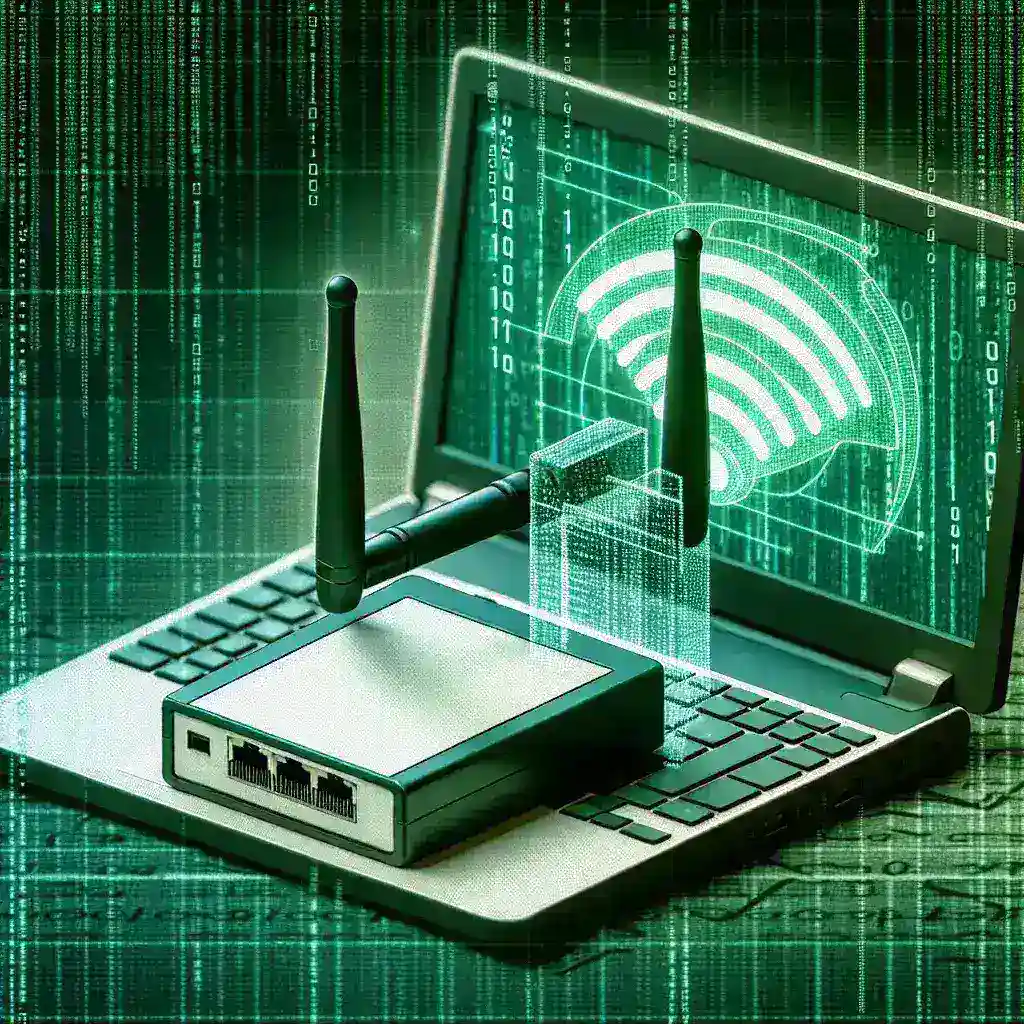Introduction
Connecting a WiFi adapter to a Linux-based PC can sometimes be challenging, given the diversity of hardware configurations and the variety of Linux distributions available. However, Linux offers powerful tools and commands that make the process manageable. This guide aims to provide step-by-step instructions to help you seamlessly connect your WiFi adapter to your Linux-based system.
Requirements
- Linux-based PC (e.g., Ubuntu, Debian, Fedora, etc.)
- WiFi adapter with Linux driver support
- Internet access (for downloading drivers if necessary)
Step-by-Step Guide
Step 1: Verify Your WiFi Adapter
Before beginning the setup, ensure that your WiFi adapter is compatible with Linux. You can verify its compatibility by checking the manufacturer’s website for Linux driver support. Commonly supported chipsets include Atheros, Realtek, and Broadcom.
Step 2: Plug in the WiFi Adapter
Insert the WiFi adapter into an available USB port on your PC. Most modern Linux distributions will automatically recognize and configure the hardware.
Step 3: Check if the Adapter is Recognized
Open a terminal and run the following command to determine whether your system recognizes the WiFi adapter:
lsusbThis command lists all connected USB devices. Look for your WiFi adapter in the output to verify it’s recognized by the system.
Step 4: Check for Wireless Interfaces
Next, run the following command to list all network interfaces and check if a wireless interface is available:
iwconfigIf a wireless interface (e.g., wlan0) is listed, your adapter is recognized and may be ready to use.
Step 5: Install Necessary Drivers (if applicable)
If your WiFi adapter isn’t recognized, you may need to install specific drivers. Here’s how you can install drivers for common chipsets:
Atheros Chipset
- Update your package list:
sudo apt update - Install the Atheros firmware:
sudo apt install firmware-atheros
Realtek Chipset
- Download the driver from the Realtek website.
- Extract the downloaded file.
tar -xvf [filename].tar.gz - Navigate to the extracted directory and compile the driver:
cd [directory] && make && sudo make install
Broadcom Chipset
- Install the Broadcom driver package:
sudo apt update && sudo apt install broadcom-sta-dkms - Load the driver module:
sudo modprobe wl
Step 6: Configure the Wireless Network
Once the driver is installed, you can configure the wireless network using either the graphical network manager or command-line tools like nmcli.
Using Network Manager (GUI)
- Click on the network icon in your system tray.
- Select the WiFi network you wish to connect to.
- Enter the necessary credentials (SSID and password).
Using nmcli (CLI)
To list available WiFi networks:
nmcli device wifi listTo connect to a network:
nmcli device wifi connect [SSID] password [password]Step 7: Verify the Connection
After connecting, verify your connection by checking your IP address:
ip addr showLook for the wireless interface (e.g., wlan0) to confirm it has been assigned an IP address. Alternatively, you can test your connection by attempting to ping an external server:
ping google.comTroubleshooting Tips
- Ensure your system is fully updated.
sudo apt update && sudo apt upgrade - Check for conflicting drivers and remove/discard unnecessary ones.
sudo lshw -C network - Consult community forums and documentation specific to your Linux distribution.
Conclusion
Connecting a WiFi adapter to a Linux-based PC may seem daunting, but by following the steps outlined in this guide, you can successfully set up your adapter and enjoy wireless connectivity. Whether using the GUI tools or command-line utilities, Linux provides robust solutions for managing wireless connections. Persist through any challenges, and you’ll soon have your system online and ready for use.

